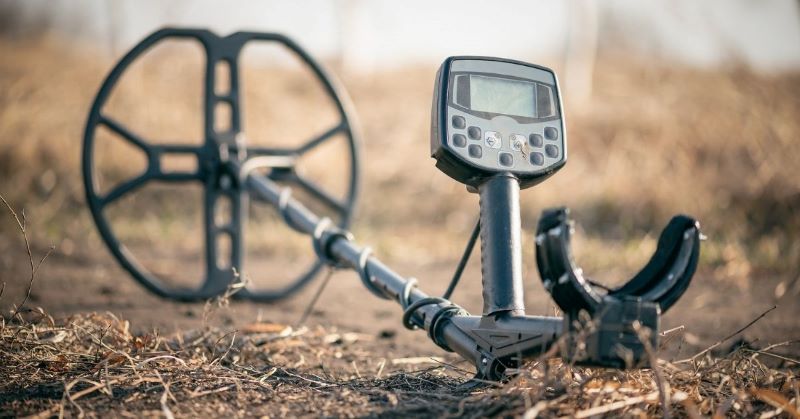
Are you ready to unearth treasures and collectibles buried beneath the soil? If yes, then you need a metal detector with features that offer you good balance, sensitivity, and discrimination settings. With the advancement of technology, modern-day metal detectors come equipped with a range of features designed for maximum effectiveness. Whether you are a novice or an experienced treasure hunter, learning about a metal detector’s primary features and settings can take your hobby to the next level. Buckle up, treasure hunter, as we dive deep into understanding how to use a metal detector’s features and settings of sensitivity, depth, and discrimination settings.
What is the Sensitivity Setting?
A metal detector’s sensitivity level determines how well it can detect metals such as iron, aluminum, and gold. This feature works by emitting an electromagnetic field that penetrates the soil to detect metal objects. A metal detector with high sensitivity may detect objects deeper down in the soil but may also detect irrelevant signals such as trash and debris. On the other hand, a device with low sensitivity may not pick up deeper objects but may discriminate between valuables and undesirable metals. It’s important to balance your sensitivity setting to avoid constant false alarms while searching for your treasure. Learn more about setting your sensitivity level using your specific metal detector manufacturer’s guidelines.
What You Need to Know About Depth
The depth of a metal detector is the vertical distance between the object being detected and the search coil. The depth of the device depends on factors such as search coil size and the frequency of the metal detector. A larger search coil may cover more ground but may also decrease the device’s overall sensitivity. Similarly, a metal detector with a high frequency may detect small objects, such as coins but may not go deep concerning larger objects. It’s important to match your metal detector’s depth capabilities with the type of treasure hunting you plan to undertake, as different hobbies and locations have various depths of items.
What is Discrimination?
Discrimination is the feature that allows the user to differentiate between desirable metals and unwanted ones. This feature works by filtering out unwanted signals based on the metal’s conductivity, shape, and size. A metal detector set on the high discrimination setting may only pick up valuable objects such as gold but may also omit slightly less valuable targets such as copper coins. On the other hand, when the detector is set to low discrimination, it may result in many false alarms but also detects most types of metals, giving the user more options. It’s essential to understand different metals conduct electricity differently to take full advantage of a metal detector with good discrimination settings.
Understanding Ground Balance
Finally, Ground Balance is a metal detector feature that balances the device’s functionality based on your location’s mineralization and soil type. Mineralization affects the stability of metal detection and may cause false signals and reduced depth readings. Ground Balance helps adjust the device’s signal strength and stability to account for different mineralized soils. You should always adjust your ground balance according to the metal detector’s instructions and the environment you plan to search to ensure optimal results.
As you can see, understanding your metal detector’s features can increase your treasure hunting success rates significantly. Learning these settings can be the key you need to unlock your full potential as a metal detectorist. Keep in mind that every setting has effects and sometimes compromises the device’s functionality. Balancing these settings requires a level of skill, but with some practice, you can become a professional treasure hunter, making great finds regularly. Good Luck, and don’t forget to keep it fun!
